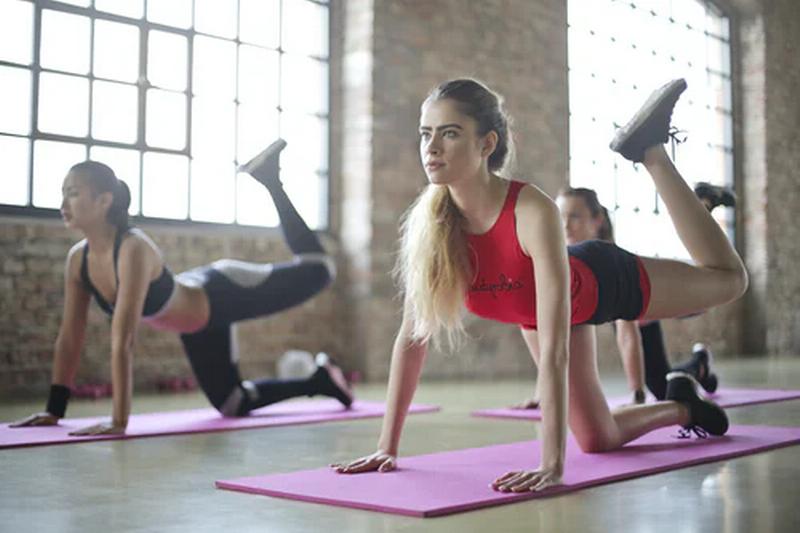What Exercise is the Best for Heart Health?
By Dr Michael MacDonald

Keeping a regular workout routine is one of the best ways to improve your heart health. It can also help you lose weight, increase strength and lung capacity, and even improve your mental health - the list goes on! Workout for at least 150 minutes at moderate intensity or 75 minutes of high intensity per week.
This will benefit you most, although longer isn’t discouraged. Any exercise that gets your heart pumping is beneficial to heart health, but some are a little better than others. In no particular order, the following workouts are all excellent for a healthy heart.
1. Cycling
Cycling is an excellent exercise for people of all ages and activity levels. It doesn’t take too long to learn, and most people get the knack for it as children. It is easy on the knees as there is little impact (unlike running). It’s also customizable: you can take a brisk roll around the neighbourhood or tackle hills and high speeds.
2. Walking
Walking is another good activity for all ages and experience levels. It is a little harder on the knees and hips, but if you have no health concerns in these areas, it should be fine. A great way to fit walking into your schedule is to make it part of your daily routine. Taking a brisk walk before work is a great way to wake you up and get a good start on the day. Or, you could go walking after work as a way to clear your mind or reflect on the day.
3. Swimming
Swimming is my absolute favourite exercise! There is no impact to bother sore joints or arthritis, and it’s quite fun to have a nice float to rest between bouts of activity. It’s also a wonderful way to enjoy the outdoors and is also a great way to socialize while you exercise. Finding activities you enjoy is a key factor in being able to stick to a workout program. If you hate what you’re doing, you are less likely to continue, so find something active you love doing.
4. Interval Training
Interval training is a way to work out that builds on periods of higher activity interspersed with periods of lower activity. High intensity interval training (HIIT) has been in the news a lot lately. If you are already in decent shape, this could be an option for you. If you’re starting on an exercise journey you can try lower intensity interval training. You can do this on a treadmill, stationary bike, with any kind of equipment or without! Whatever exercise you choose, do it at a higher pace for one minute, then a lower pace for three. Repeat this process five times, and you’ve reached your daily exercise goal.
5. Yoga
Yoga may not be the first you associate with heart-pumping action, but it can actually be quite a workout. It helps to strengthen your body and improve flexibility. It is important to build stretching into your workout routine to help ease soreness. Yoga also helps develop and balance muscles. This will help when doing your more active exercises. Yoga also involves breathing and meditation, so it can help to increase lung capacity and mental health.
6. Rowing
If you have any problems with your back, knees, hips, or shoulders, rowing might not be for you. That said, it is an excellent full-body workout. It can help strengthen muscles around problem joints and can help prevent pain. Any large gym will have rowing machines or you can buy them in all price ranges. Buy a watercraft and take it out in nice weather. Give yourself a break from indoor activities and enjoy the great outdoors - be sure to wear a life vest if you take this route!
Things to Avoid
While no regular exercise is off-limits, it's very important to work within your abilities. Know your limits, listen to the signals your body is sending, and don’t push yourself too hard. Running a marathon when you’ve had no previous running experience is a terrible idea. If you wake up the day after a workout feeling too sore to move, you’ve overextended yourself. Take it easy for a few days until you've recovered. It can be hard to pace yourself when you’re excited to start, you can do lasting damage to your body if you push yourself too hard, too fast. No matter which exercise you decide on to help keep your heart healthy, take things slow at first. You’ll be keeping pace with the best of them in no time!

